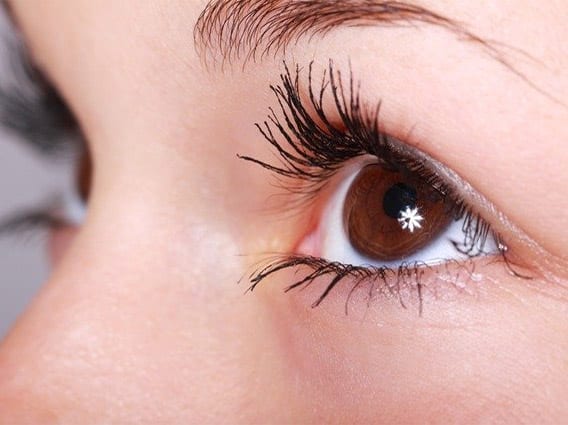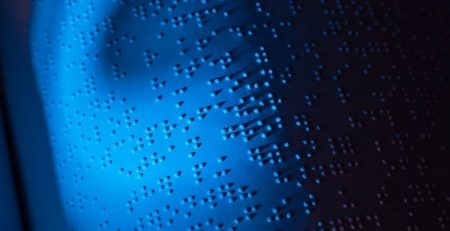New Contact Lenses Could Correct Color Blindness
Color vision deficiency, more commonly known as color blindness, is a group of conditions that affect the sufferer’s perception of color. Red-green color blindness is the most common kind of color vision deficiency, affecting about 1 in 12 males and 1 in 200 females, according to the U.S. National Library of Medicine.
Researchers from Tel Aviv University believe they’ve found a way to correct deuteranomaly, a form of red-green color blindness which occurs when the photoreceptor responsible for detecting green light responds to light associated with redder colors, and now “may be able to bring some color back into [sufferers lives],” according to IFLScience.com, using ultra-thin optical devices, known as metasurfaces, with off-the-shelf contact lenses.
“Problems with distinguishing red from green interrupt simple daily routines such as deciding whether a banana is ripe,” Sharon Karepov, a member of the research team at Tel Aviv University said in a statement. “Our contact lenses use metasurfaces based on nano-metric size gold ellipses to create a customized, compact and durable way to address these deficiencies.”
According to The Optical Society’s journal Optics Letters, Karpov and her colleagues report that, based on simulations of color vision deficiency, their new contact lenses “can restore lost color contrast and improve color perception up to a factor of 10.”
While glasses to correct this condition are currently commercially available, they are significantly bulkier than contact lenses. Karepov and her team believe that their success in treating deuteranomaly with these lenses can be applied to treat other vision disorders as well.
“Because the proposed optical element is ultrathin and can be embedded into any rigid contact lens, both deuteranomaly and other vision disorders such as refractive errors can be treated within a single contact lens,” Karepov said.
###














